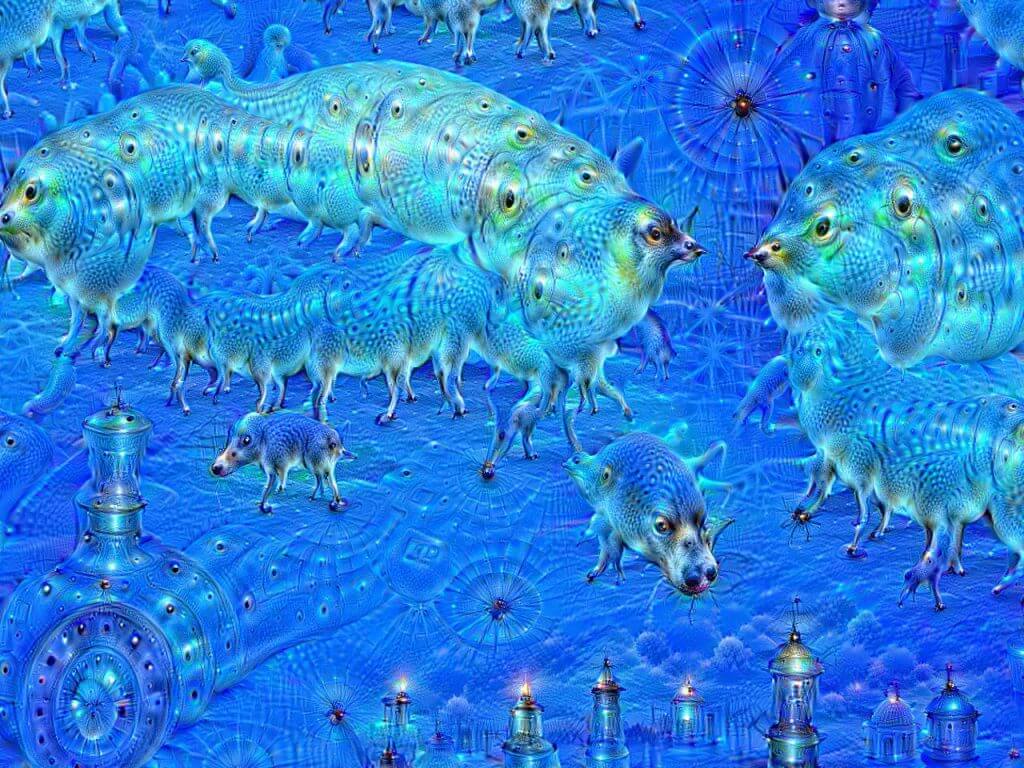Deep learning is the name we use for deep neural networks consisting of multiple layers of neurons. The neurons in the network fire when they are sufficiently stimulated. To this end, the input is combined with weights that reinforce or inhibit the input. Each neuron assigns weight to its input – how correct or incorrect it is in relation to the task being performed. The products of this are added and the sum is passed on to determine whether and to what extent the signal is continued through the network.
The output of each layer is at the same time the input of the next layer. Through combining weights with input, the network is able to classify and cluster this input. Deep learning networks end in an output layer: a classifier that gives the chance of a certain result. The final output is determined by the total of the weights. Take data in the form of an image, for example, a deep learning network may decide that the input data is 90 percent likely to show a person.
Deep learning methods have multiple levels of representation, at an increasingly abstract level. The further you go in the network, the more complex the features that neurons can recognize since they aggregate functions from the previous layer. For classification tasks, higher layers of representation reinforce the aspects of the input that are important for discrimination and suppress irrelevant variations.
For example, an image is entered in the form of a series of pixel values. The first layer typically represents the presence or absence of edges at certain orientations and locations in the image. The second layer then detects motifs by detecting specific compositions of edges. The third layer can assemble designs in larger combinations that correspond to parts of known objects. And the following layers would detect objects as combinations of these parts.
Text continues below the image.

To learn, a neural network must do more than just send signals through the layers of neurons. It also needs a way to see if the correct result has been given. And if not, send a signal back so that all neurons can tune their activations to improve the results. Repeatedly reconstructing input minimizes the difference between the guesses of the network and the probability distribution of the input. In this process, the network learns to recognize correlations between certain relevant functions and optimum results. This is a recipe for better performance: the more data a network can train with, the more accurate it is likely to be.
While the network is being trained, chances are it will come up with the wrong answers. It must see hundreds of thousands, even millions of images until the weights are adjusted so precisely that it almost always gives the correct answer. It is at that time that the neural network has learned what a sitting man or dog looks like.
To achieve an acceptable level of accuracy, deep learning programs require access to huge amounts of training data and processing capacity. Big data and cloud computing are good developments in that regard. Because deep learning is able to produce complex statistical models directly from its own iterative output, it is able to create accurate predictive models from large amounts of unlabeled data. This is important because the Internet of Things (IoT) is increasing enormously and because most of the data created with it are unlabeled.
You can find more English articles on our blog.
Other articles you might enjoy:
Machine learning, neural networks, and deep learning explained
How does machine learning work – machine learning explained
How does a neural network work – neural networks explained